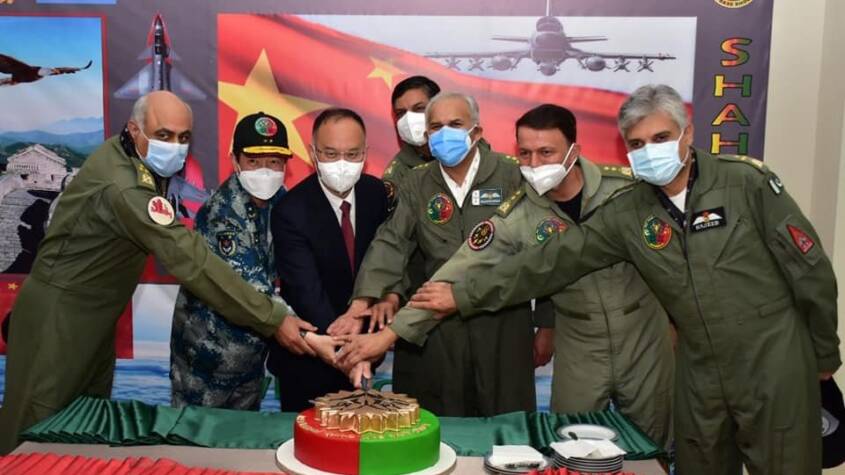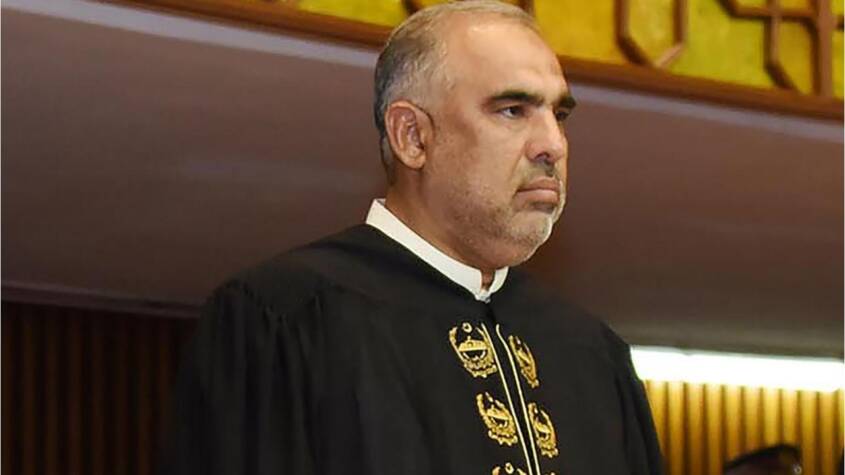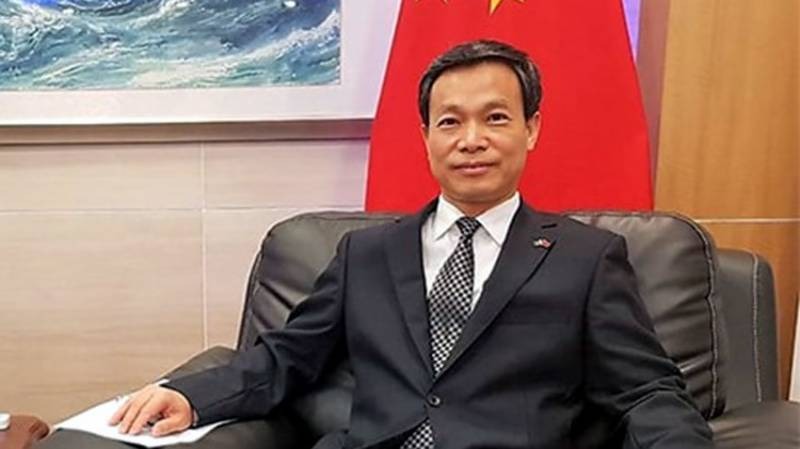Asian Winter Games opens in China’s “Ice City” showcasing deep-rooted ice and snow culture of Harbin.
Chinese President Xi Jinping officially inaugurated the 9th Asian Winter Games (AWG) in Harbin on Friday night with a grand ceremony that highlighted the city’s deep-rooted ice and snow culture.
The event took place at the Harbin International Conference, Exhibition and Sports Center, where approximately 8,000 spectators erupted in applause as President Xi declared the Games open. Distinguished guests, including International Olympic Committee (IOC) President Thomas Bach, were also in attendance to witness the occasion.
A major highlight of the ceremony was the lighting of the Games’ cauldron at Harbin Ice and Snow World, the world’s largest ice and snow theme park. Four renowned torchbearers—two-time Olympic short track speed skating champion Yang Yang, freestyle skiing gold medalist Han Xiaopeng, Olympic race walk champion Wang Zhen, and Sochi Winter Olympics speed skating champion Zhang Hong—joined by children carrying ice lanterns, ignited the lilac-shaped cauldron in a breathtaking spectacle.
Scheduled to run from February 7 to 14, the Harbin Games carry the slogan “Dream of Winter, Love among Asia.” This event represents another milestone in China’s winter sports legacy following the 2022 Beijing Winter Olympics. It also marks China’s third time hosting the AWG, having previously done so in Harbin in 1996 and Changchun in 2007.
Harbin 2025 has set a new participation record, with 34 countries and regions competing—surpassing the previous high at the 8th AWG in Sapporo, Japan, in 2017. Over 1,200 athletes are taking part, with ice events in Harbin and snow events in Yabuli, exceeding the previous record of 1,147 competitors at the Sapporo Games.
Timothy Fok Tsun-ting, First Vice President of the Olympic Council of Asia (OCA), extended his gratitude to the Chinese organizers for their remarkable efforts in preparing for the Games within just 18 months. He commended them for transforming Harbin into a “Winter Wonderland” and lauded China’s success in introducing over 300 million people to winter sports.
Liang Huiling, President of the Harbin AWG Organizing Committee and Governor of Heilongjiang Province, warmly welcomed the athletes and guests on behalf of the committee and the 30 million residents of Heilongjiang. She encouraged athletes to push their limits, display their skills, and create lasting memories.
Gao Zhidan, President of the Chinese Olympic Committee and the Harbin AWG Organizing Committee, emphasized China’s commitment to hosting an environmentally friendly, inclusive, and well-organized event. He called for unity across Asia, highlighting the Games as a platform for shared growth, cooperation, and integration.
Amid enthusiastic cheers, speed skater Ning Zhongyan and skier Liu Mengting, who recently won gold in the women’s big air event at the FIS Freeski World Cup, proudly carried the Chinese national flag during the athletes’ parade.
China’s delegation consists of 257 members, including 170 athletes. The team features Winter Olympic champions such as Xu Mengtao, Qi Guangpu, Gao Tingyu, Fan Kexin, and Liu Shaoang. A total of 85 male and 85 female athletes will compete in 64 events across six sports. Additionally, six distinguished Chinese athletes, including Olympic figure skating gold medalists Zhao Hongbo and Han Cong, carried the Olympic Council of Asia (OCA) flag into the stadium.
The opening ceremony featured a grand artistic performance inspired by children’s dreams of aspiration and achievement. The segments—titled “Blazing Ice and Snow,” “Passion in Motion,” and “Everlasting Friendship”—showcased themes of resilience and unity. The show opened with ice harvesters and ballet dancers symbolizing harmony with nature and featured dazzling winter sports displays, a lively ice carnival, and a grand “Asian balcony concert.”
As the main cauldron was lit and the theme song “Light up Asia” resonated through the venue, ice sculptures representing various Asian nations glowed magnificently at Harbin Ice and Snow World. These luminous masterpieces symbolized unity and friendship, turning the venue into a radiant celebration of the Asian Winter Games’ legacy.
Related Posts

















